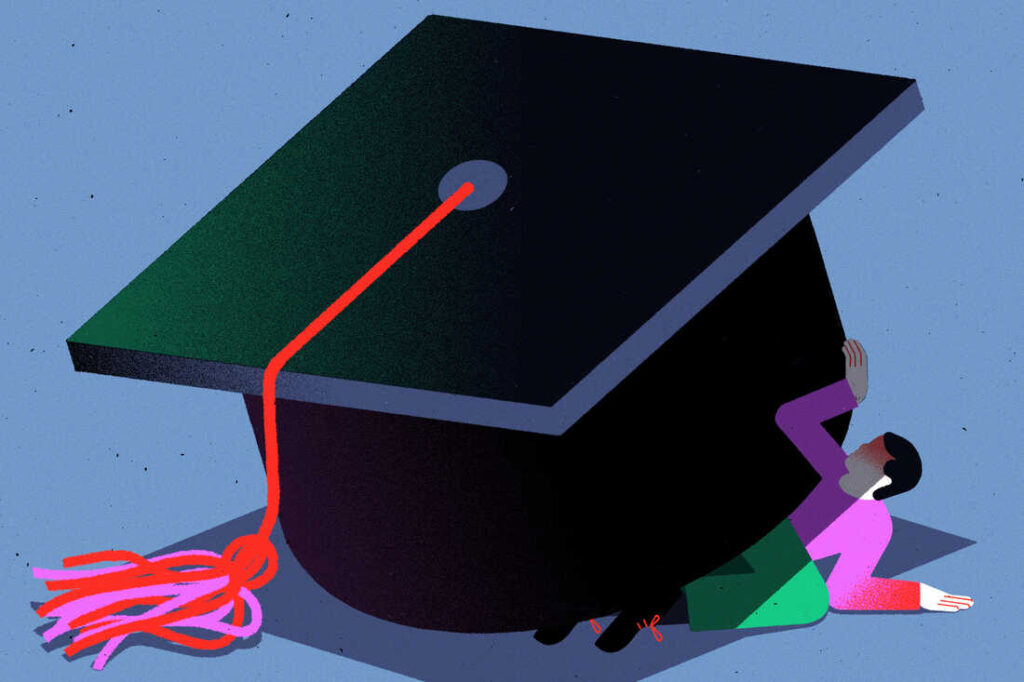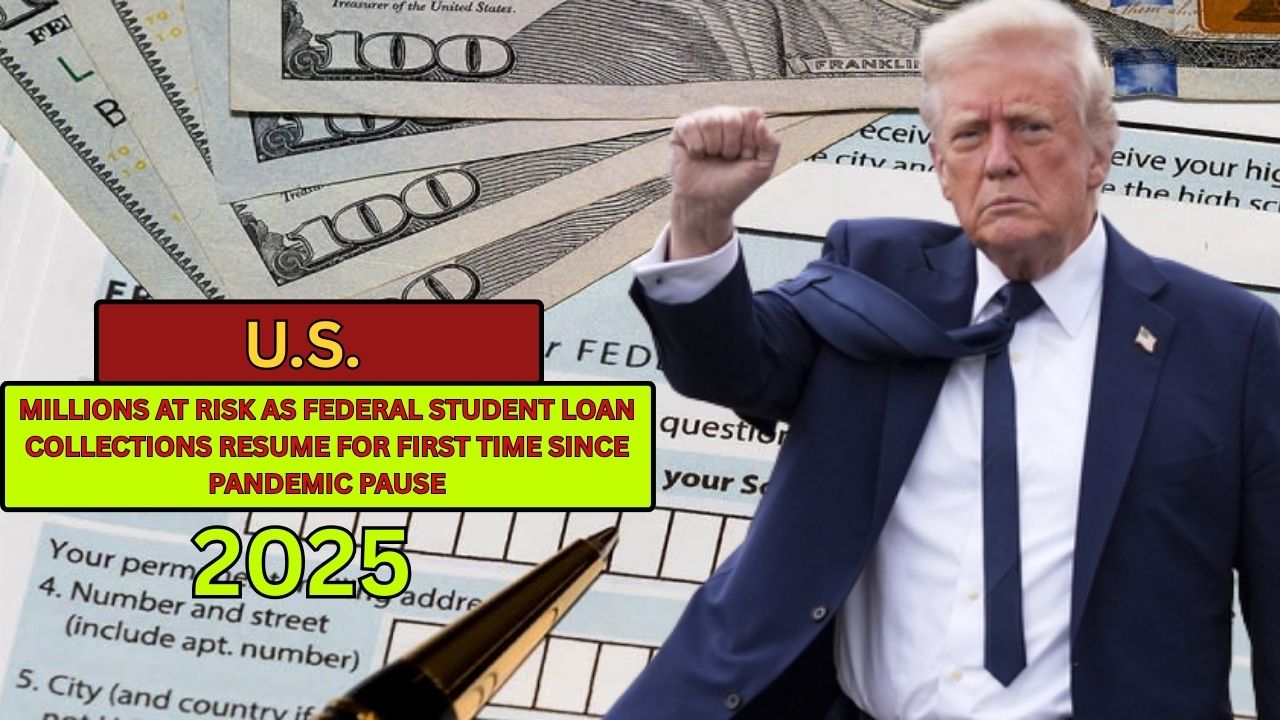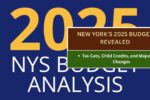After a five-year pause triggered by the COVID-19 pandemic, the U.S. Department of Education is set to resume federal student loan collections starting May 5, 2025. The move will impact millions of borrowers—especially those currently in default—bringing back involuntary debt collection tools such as wage garnishments, tax refund offsets, and Social Security benefit withholdings.
Why Collections Are Restarting Now
The suspension on student loan payments, interest accrual, and collections began in March 2020 as part of the federal government’s emergency response to the pandemic. While payments officially resumed in October 2023 for most borrowers, those in default received additional leniency under the “Fresh Start” initiative, which temporarily paused collections and offered a path back to good standing.
With the pause ending this May, borrowers who failed to take advantage of the Fresh Start program could now face the consequences of loan default once again.
Who Will Be Affected?
According to the U.S. Department of Education, approximately 5.3 million borrowers are currently in default and at risk of having their wages, tax refunds, or benefits garnished. The agency plans to resume the Treasury Offset Program, which allows the government to claim overdue debts by withholding:
- Federal tax refunds
- Social Security payments
- Wages through administrative garnishment (up to 15%)
These measures are expected to begin in stages throughout the summer of 2025, with notices sent in advance.
What Borrowers Should Do Now
Borrowers in default are encouraged to act immediately to avoid penalties. The Department of Education is launching a nationwide outreach campaign to help inform affected individuals of their options.
1. Check Loan Status
Visit studentaid.gov and log in using your FSA ID to verify whether your loans are in default or delinquency.
2. Enroll in an Income-Driven Repayment (IDR) Plan
Income-driven repayment plans can lower monthly payments based on your income and family size. They can also prevent loans from falling back into default.
3. Consider Loan Rehabilitation

Rehabilitation allows you to remove a default from your record after making nine consecutive, on-time payments. This also restores eligibility for federal aid and protections.
4. Loan Consolidation
Another option to exit default quickly is loan consolidation, which combines your loans into one new loan under an IDR plan. However, this may forfeit some benefits, so compare carefully.
Political Backdrop and Administrative Messaging
This policy shift aligns with the broader goals of the current administration to reduce federal losses and bring financial accountability back to the student loan system. Education Secretary Linda McMahon stated that restarting collections is essential to protect taxpayers and reinforce financial discipline among borrowers.
Critics, however, warn that resuming collections could worsen financial strain for already vulnerable borrowers—especially those experiencing job insecurity, inflation-related challenges, or inadequate income.
The Scope of the Student Loan Crisis
As of early 2025, over 42 million Americans hold a collective $1.6 trillion in federal student loan debt. According to the latest data, only about 38% are currently up to date on their payments. The remainder are either behind, in default, or at risk of becoming delinquent again.
Takeaway
With federal student loan collections officially restarting in May 2025, now is the time for borrowers to act. Avoiding involuntary collections will require proactive steps—starting with checking your loan status and exploring available repayment options.
Borrowers are strongly advised to engage with their loan servicers, stay updated through official government portals, and seek advice from nonprofit credit counselors if needed.
This article has been carefully fact-checked by our editorial team to ensure accuracy and eliminate any misleading information. We are committed to maintaining the highest standards of integrity in our content.

Outside of work, he enjoys playing chess, following cricket, and writing short stories. His commitment to integrity and in-depth analysis strengthens OTE News’ mission of providing trustworthy journalism.




